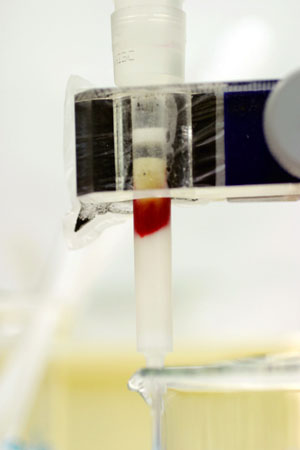Fig.11-6 Basic radioactive waste sample analysis flow

Fig.11-7 Multi parameter coincidence spectrometer

Fig.11-8 Separation of radioactive nuclides by SPE
For proper disposal of radioactive waste packages generated from various research facilities, an evaluation of radioactivity inventories in the waste packages is indispensable. In order to establish a practical and reliable estimation method for radioactivity inventories, we need to accumulate data concerning radioactivity concentrations in radioactive wastes. A total of twenty-nine nuclides (Fig.11-6) were selected as objects of analysis from preliminary safety assessment for disposal of the wastes. With conventional analytical methods, major problems in analyses of a large number of waste samples are that tedious and time-consuming pretreatment and chemical separation are needed. Therefore, we prepared a basic analytical flow and also developed constituent techniques which allow rapid analysis (Fig.11-6).
In nondestructive γ-ray measurement, a multi parameter coincidence spectrometer which consists of four Germanium detectors has been applied to increase counting efficiency. As a result, chemical separations for these γ-ray emitting nuclides are no longer needed (Fig.11-7). In order to dissolve a sample of solidified product, which is hard to dissolve by a conventional method, a new dissolution method using microwave heating devices and sealed vessels has been developed. Application of a Solid Phase Extraction (SPE) method for chemical separation of α・β・X-ray emitting nuclides instead of solvent extraction has resulted in rapid separation and reduced secondary waste such as spent solvent (Fig.11-8). In addition to this, a new time of flight mass spectrometer based on resonance ionization and deflection by a rotating electric field has been also developed. Using these techniques, the time for the analysis of the objective nuclides has been shortened to less than one-third of conventional methods.
Based on these results, we expect that more radioactivity data for the wastes than is presently available will be effectively collected using these analytical techniques.
<Previous: 11-2 | Next: 12 Computational Science and E-Systems Research >